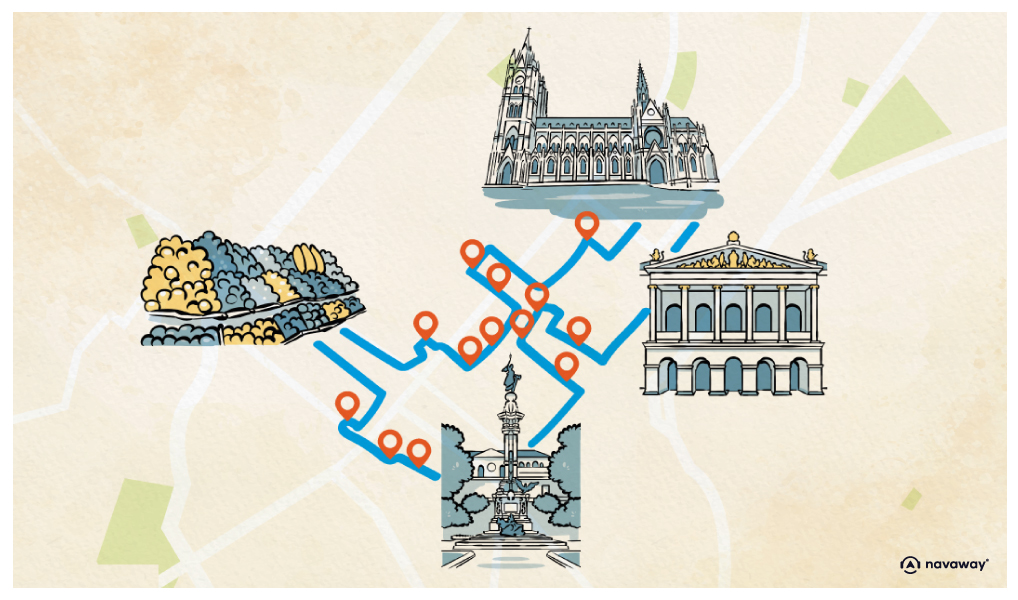
Plaza de la Independencia
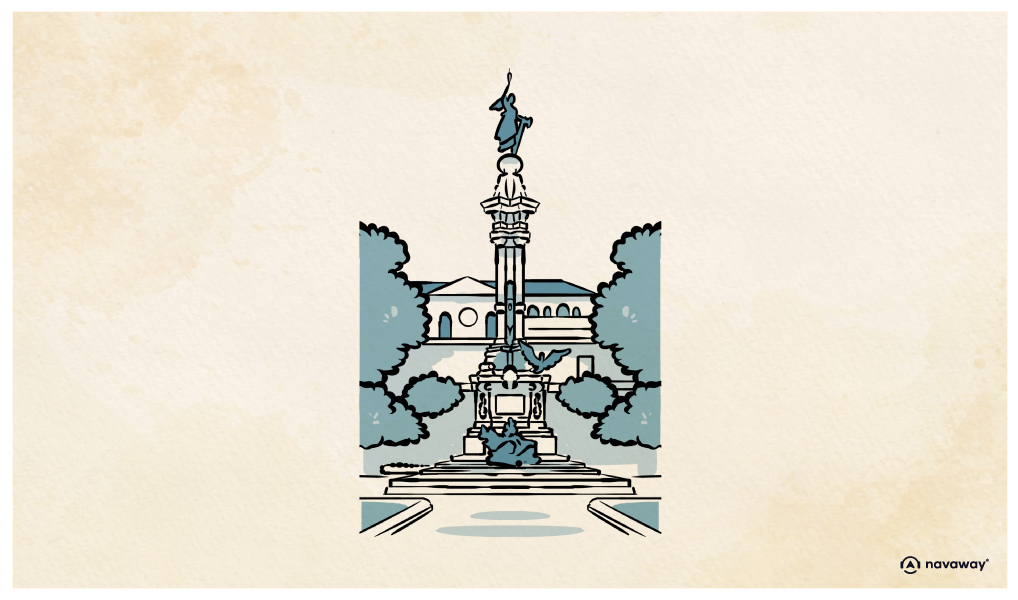
This point of interest is available as audio on the tour: Visit Quito, Lost in the Andes
You are now at the heart of the city, in the Plaza de la Independencia, affectionately known as Plaza Grande. This is Quito’s main square, the political and historical center of the country, and the symbolic seat of the President of the Republic. Flanked by historic landmarks that we’ll explore one by one, the square is always bustling, filled with students, elderly folks daydreaming on benches, street vendors, photographers, and of course, tourists! Originally, in 1564, this was just an empty plot where a water source was installed for the locals. Unlike many other Latin American cities, there’s no evidence that indigenous buildings once stood here. As nearby land was available, several institutions and wealthy families invested in the area, transforming the square into the monumental place it is today. At its center stands the Monument to the Heroes of August 10, 1809, who launched the famous “Grito” , the first cry for independence. Take a closer look at the statue’s details. Nearly a century passed between the declaration of independence and the monument’s erection. Crafted in Italy but assembled here in Quito, it quickly became the city’s iconic symbol, commemorating the most important event in its history. The statue symbolizes knowledge and reason illuminating the world, putting an end to dark times. It represents the torch of Quito, the light of America. The warrior figure, modeled after Libertas, the Roman goddess of individual freedoms, underscores that liberty must be won by arms. At her feet lies a wounded lion representing royalty, the weakened Spanish crown. The condor, a typical Andean bird featured on the nation’s coat of arms, breaks its chains with its beak, symbolizing an Ecuador freed from colonial oppression. Though August 10, 1809, is celebrated as the day of independence, Quito was recaptured by the Spanish crown until 1822, when the Spanish were finally expelled. Afterward, Quito joined Venezuela, Colombia, and Panama to form Gran Colombia: the unfinished dream of liberator Simón Bolívar, who sought a vast pan-American nation. Ecuador only became truly independent in 1830 with the creation of its own constitution. The story doesn’t end here, but for now, let’s continue our visit.

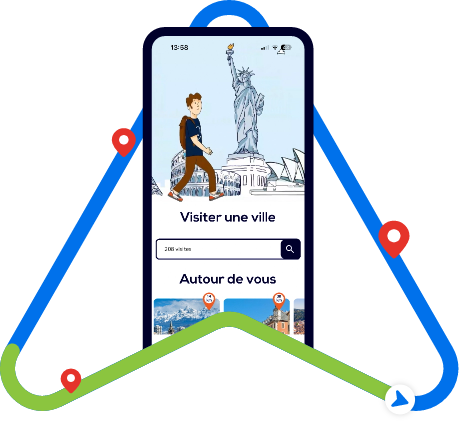
Discover Quito with app
An interactive guide through the most beautiful streets, squares, and districts
19 fun audioguides full of historical facts, anecdotes, and legends
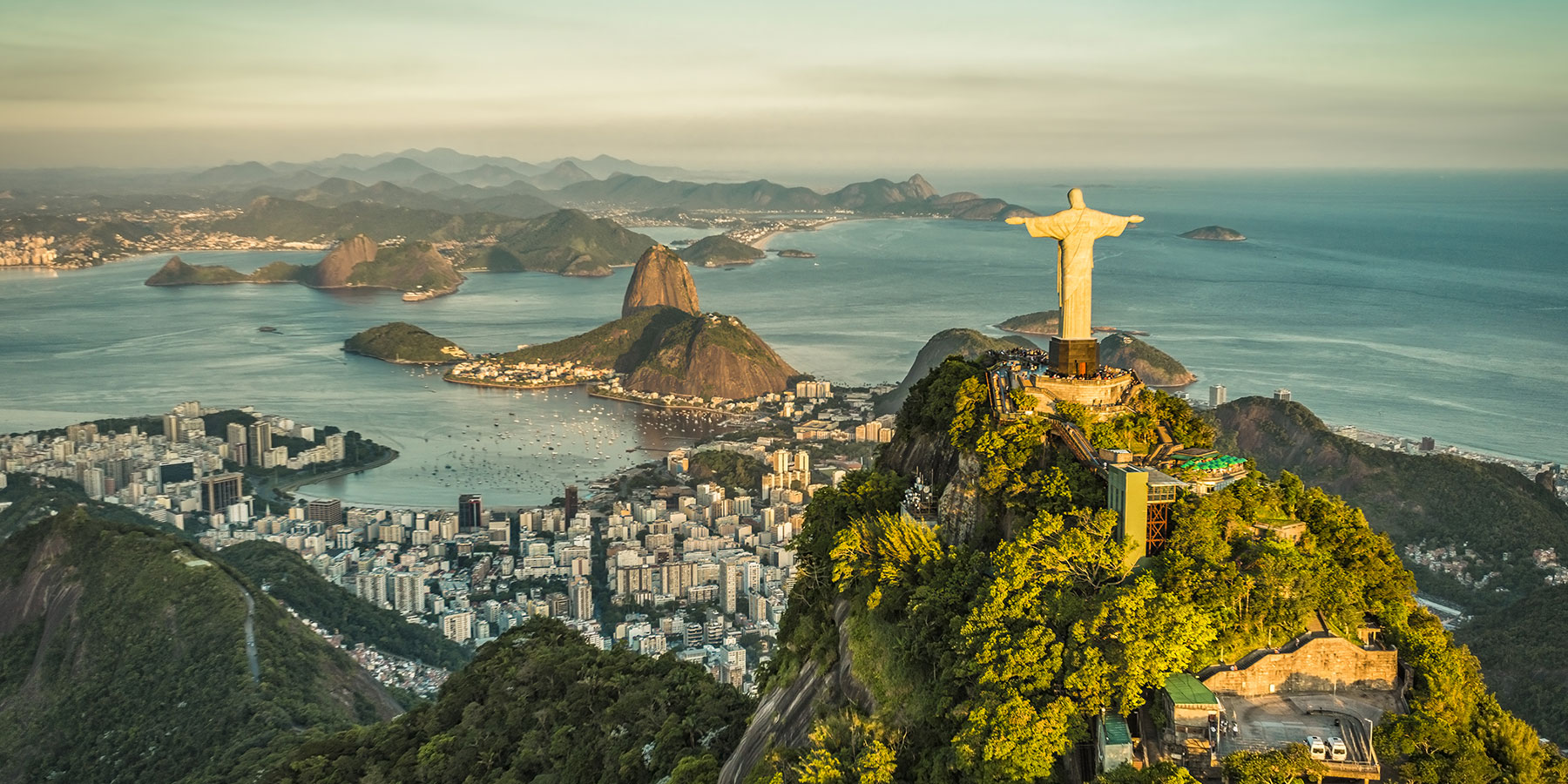
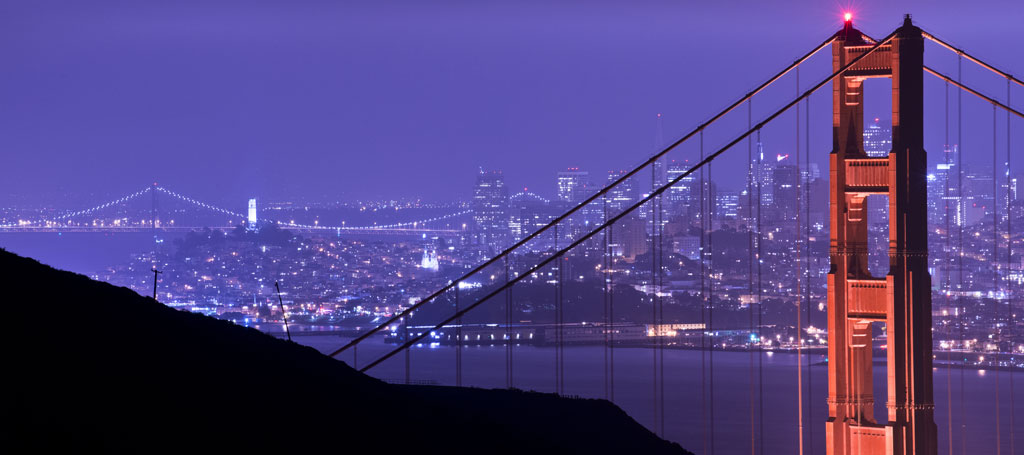
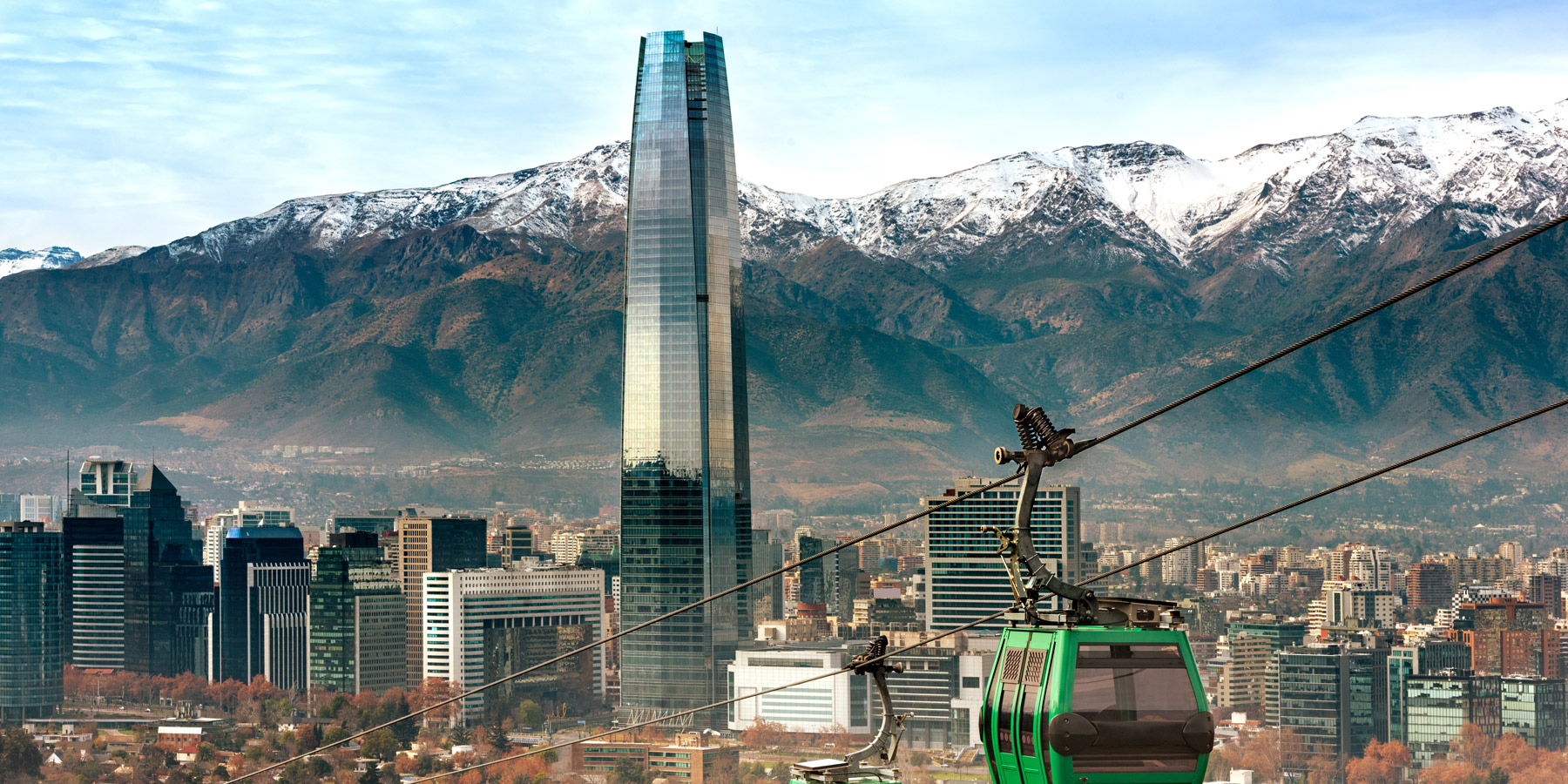
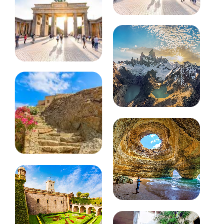

Comments